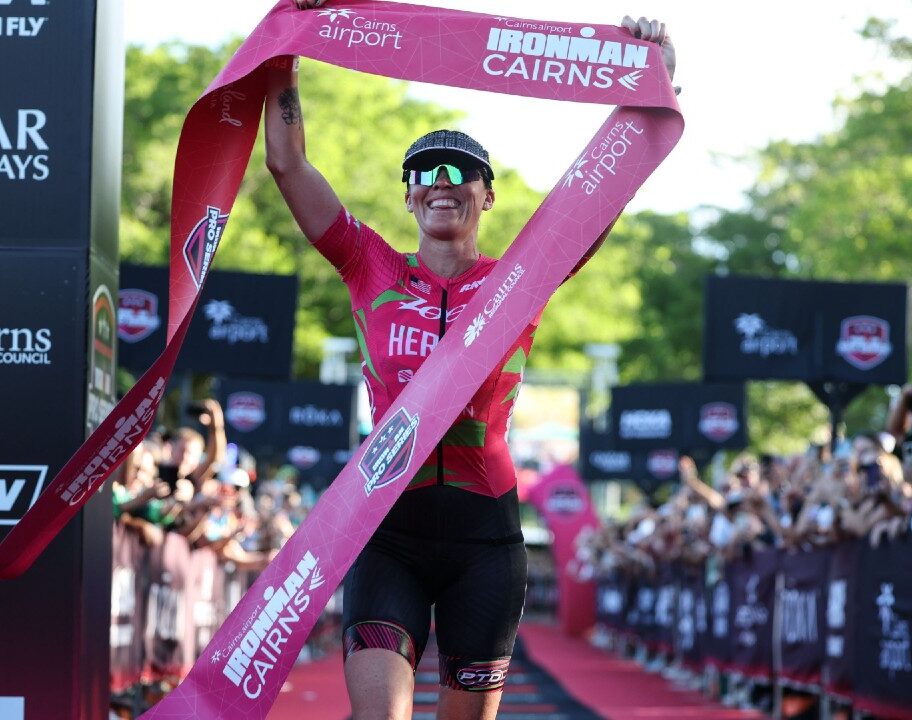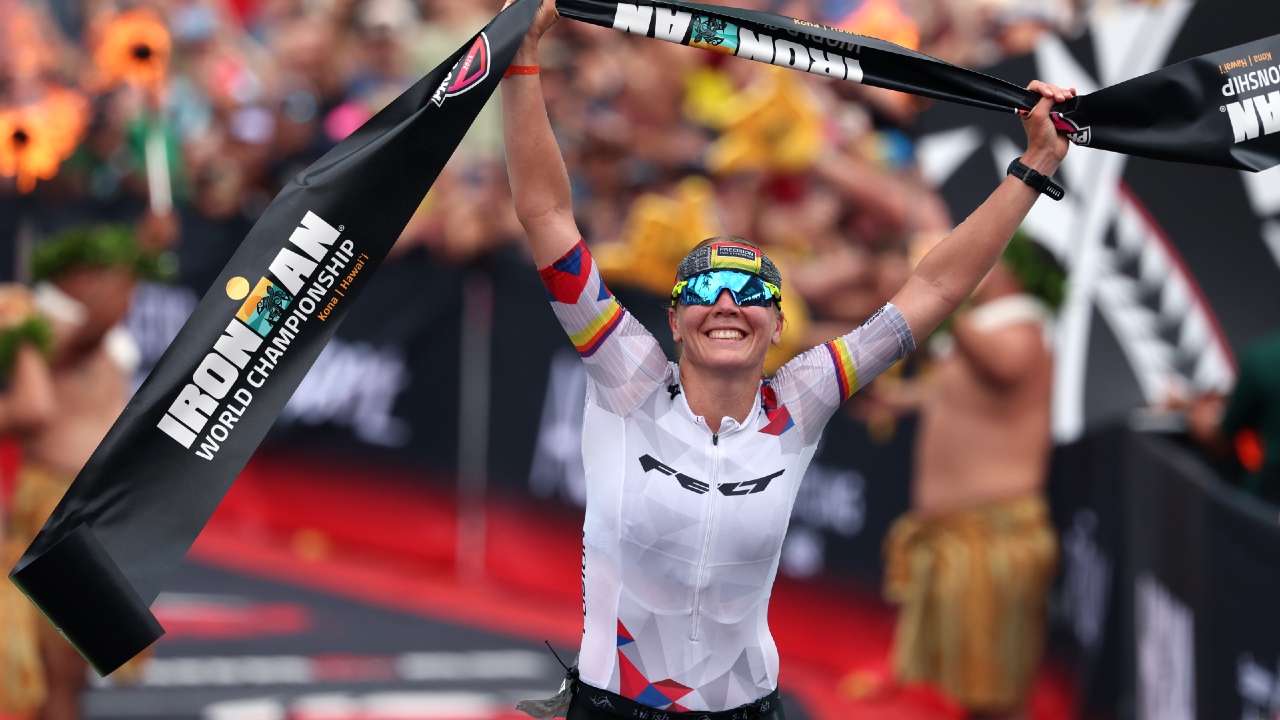As athletes around the globe gear up for the pinnacle of Olympic triathlon excellence at Paris 2024, every race becomes a vital learning ground, offering invaluable insights into what it takes to clinch the coveted podium. The weekend showdown in Hong Kong proved to be no exception.
While the roster may not have boasted the star-studded lineup of the cancelled Abu Dhabi race, Hong Kong nonetheless served up a masterclass in strategic prowess, unveiling secrets which could spell the difference between victory and defeat on the Olympic stage.
The sprint to glory
In both the men’s and women’s races, a singular tactic emerged triumphant: the art of the well-timed acceleration. Sian Rainsley of Great Britain etched her name for the first time as a World Cup champion by unleashing a gradual surge 500 meters from the finish, leaving formidable opponents Katie Zaferes and Kirsten Kasper from the US trailing in her wake.
Following suit, Alberto Gonzalez of Spain replicated this feat, executing a clearly decisive acceleration which propelled him past fellow countryman Antonio Serrat and Japan’s Kenji Nener in the race’s closing stages.
One lesson gleaned from Hong Kong’s crucible of competition is crystal clear. The golden ticket to glory can be to accelerate off of what already seems like top sustainable speed for a length of time that is longer than a classic sprint to the tape.
Pack mentality
If I was going to be competing in Paris, that is one piece I would practice doing over and over and over. But that would not be the only thing. Let’s back up a bit to see what other lessons came from Hong Kong.
Victory in triathlon is a multi-faceted pursuit, demanding excellence across every leg of the race. Emerging from the swim and being in the lead pack on the bike is paramount. While this pack may not always maintain its lead, the odds of podium success skyrocket exponentially.
Is there a third lesson? Of course! The women’s race underscored the critical importance of that front pack to be cohesive. This shaped the top three without a doubt in Hong Kong. Elizabeth Bravo from Ecuador didn’t make that front pack on the bike – but she almost ended up on the podium because of her run. Just 7 seconds shy of third place, had that front pack dallied and the chase group had closed on the lead bunch by even a scant 5 seconds, the top three could have been different.
Looking back to look ahead.
Reflecting on past races, the Paris test event offers its own set of invaluable lessons. Alex Yee won on the run pulling away from the lead group with three laps to go. No sprint was needed. No surge with 500m to go was necessary. Just a fast sustainable pace that no one could match.
![Alex Yee run Paris Test Event 2023 [Photo credit: World Triathlon / Wagner Araujo]](https://www.tri247.com/wp-content/uploads/2023/08/Alex-Yee-run-Paris-Test-Event-2023.jpg)
What lesson comes from that? Was it that all you need is a 10k that is a step above everyone else. Or is there a deeper lesson, one we saw play out in Hong Kong?
Paris saw a massive pack form in both the men’s and women’s races. A good runner can sit in with that race dynamic then step in up on the third leg for victory. Yee proved that. There was not a front group with just a handful working together like there was in Hong Kong.
This underscores how a lead pack can influence the race outcome. What if in Paris we see a breakaway pack form on the bike, one that is at a high enough tempo that athletes like Yee or Beth Potter can’t hold onto? In this scenario, even the most adept runners may find themselves isolated, unable to bridge the ever-widening gap to the podium. They might then be hung out to dry in 4th like Bravo in Hong Kong.
As the triathlon world eagerly anticipates the spectacle in Paris, the lessons distilled from Hong Kong’s crucible of competition loom large. Maybe a Taylor Knibb will lead a breakaway on the bike that the faster women runners can’t hang with.
Then all she would have to do is have that first lesson learned from Hong Kong in her arsenal: be able to accelerate off an already fast run pace with just 500m to go to come home with gold!







![Caroline Livesey wins the first ever Scottish National Gravel Championships in August 2025. [Photo credit: Outsider Events]](https://www.tri247.com/wp-content/uploads/2025/11/Caroline-Livesey-scots-national1.jpg)













